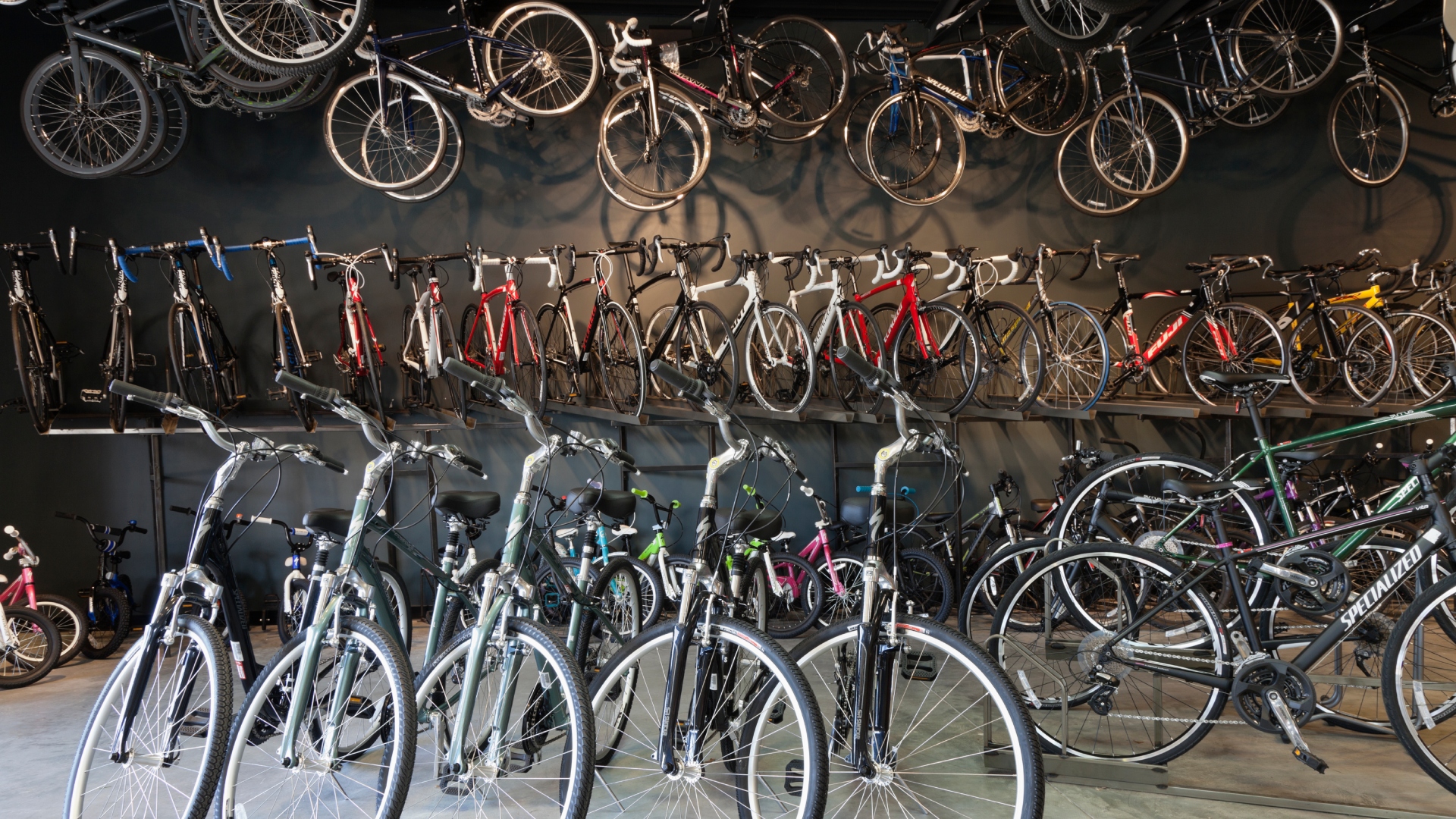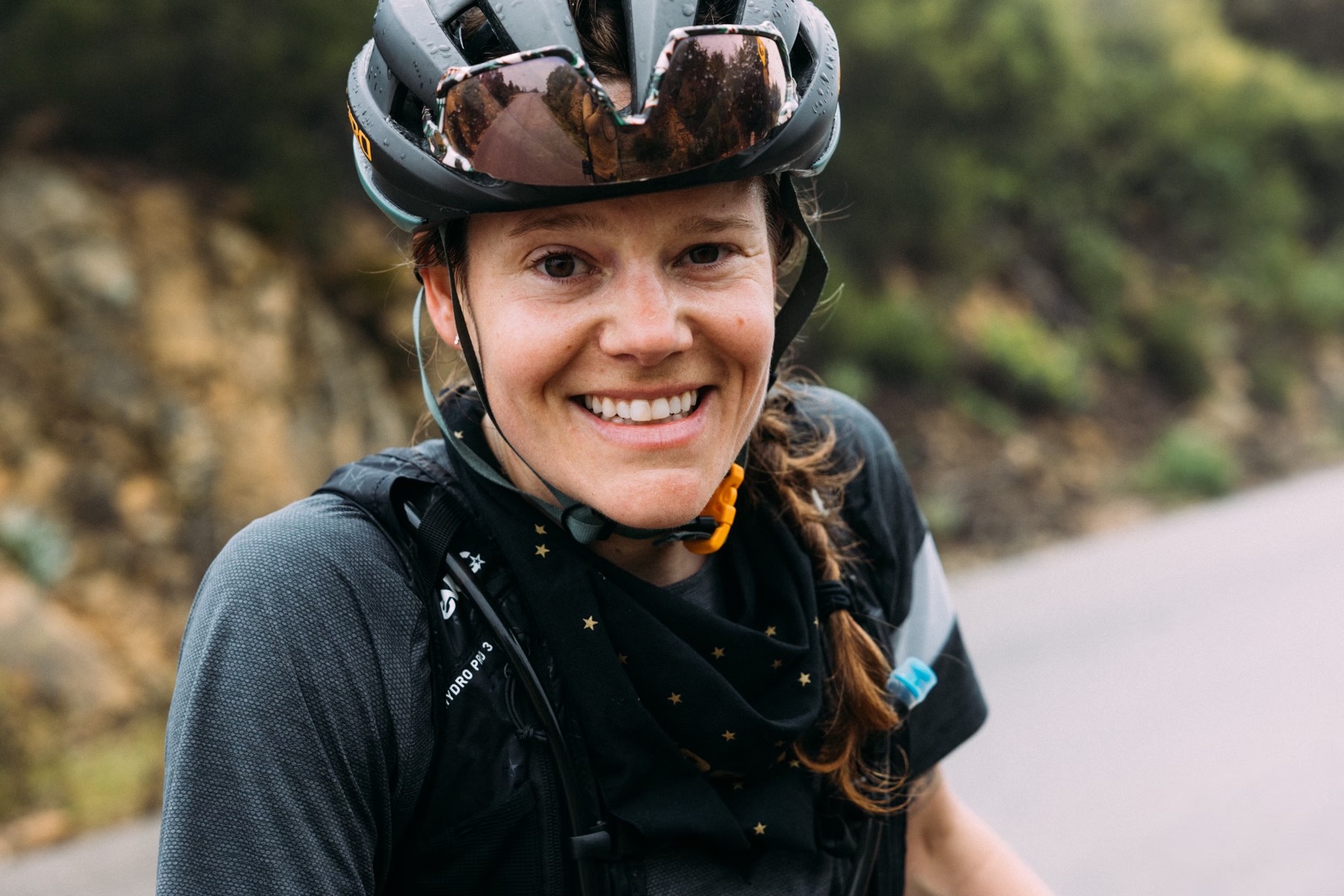State of the Industry: Participation is surging but the bike industry faces critical crossroads and looming tariffs
PeopleForBikes’ annual address spotlights both momentum and mounting challenges for cycling in America


Delivering the annual State of the Industry address in Bentonville, Arkansas, last week, Jenn Dice, CEO of PeopleForBikes, the national trade and advocacy group for the U.S. bicycle industry, told a packed audience that the industry stands at a pivotal crossroads, both energised by record ridership yet constrained by tariffs, inflation and shifting consumer trends.
“By three different measures, more Americans are riding bikes than ever before,” Dice said, opening her address with four "reasons for hope".
“One hundred twelve million Americans rode a bike last year, and even better, youth cycling is up 11% after a steady decline since 2011.”
The Good
In addition to a surge in ridership, Dice said a second bright spot can be found in American cities.
“Our annual City Ratings program is showing real improvement,” Dice said. PeopleForBikes now evaluates roughly 2,500 U.S. cities on bike-friendliness. In 2019, only 33 cities earned what the organisation calls a “tipping point” score, the level that signals a robust and sustainable cycling culture. Today, 234 cities have crossed that threshold.
“Brooklyn, Davis and Seattle are on the heels of some of the best-in-class European cities,” Dice said.
Infrastructure, too, continues to expand at an encouraging pace.
The latest race content, interviews, features, reviews and expert buying guides, direct to your inbox!
“According to our National Bike Project Tracker, 1,300 bike projects were built in just the last three years across the country,” Dice said. “Everywhere we look, cities are building for bikes.”
The third sign of progress, Dice said, comes from the market itself. After several difficult years marked by the COVID pandemic whiplash, supply chain challenges, and inventory overstock, sales are showing signs of recovery.
“We saw positive year-over-year growth in April and July,” she said. “We believe we have hit the bottom...and we are slowly inching our way up. Overall, we're 5% down on the year. If you take away January and February, we're actually only 2% down. So we believe we're on our way working back up."
Finally, inventory levels are stabilising. Stock-to-sales ratios are “finally back to normal,” Dice said, predicting 2026 will be the most balanced year for inventory since before the pandemic. That normalisation, she added, should help end the deep discounting that’s weighed down profits for years.
Beyond these metrics, Dice took time to celebrate what she called “the wins” of the past year, including PeopleForBikes’ success in advancing 17,686 miles of e-MTB trail access to bipartisan support for the U.S. Bicycle Production and Assembly Act, which aims to boost domestic manufacturing. She praised the industry for helping coin the now widely adopted term “e-moto” and for launching an e-bike rider education programme in partnership with the Motorcycle Safety Foundation.
“2025 is our biggest year for bike legislation in the history of our organisation,” Dice said, noting that PeopleForBikes helped kill 350 anti-industry bills nationwide. “Our legislative policy team is best in class.”
The Challenges Ahead
Dice didn’t shy away from what she called “the brutal truths.” Chief among them: tariffs. Proposed new Section 232 tariffs on steel and aluminium could add a 50% duty to imported bicycles, frames and e-bikes, on top of existing base duties and Section 301 tariffs on Chinese goods. Combined, these measures could sharply raise costs and squeeze an industry still recovering from post-pandemic turbulence.
“The Department of Commerce has proposed including all bicycles, frames and e-bikes from any country under the 50% tariff,” Dice said. “If granted, that would be absolutely detrimental to our industry.”
Already, some imported e-bikes are affected under certain HTS codes, and the removal of the “de minimis” exemption for imports under $800 could further disrupt direct-to-consumer sales.
In response, PeopleForBikes has mobilised on several fronts, including information-sharing, advocacy and legislative work. The organisation created a Tariff Resource Hub to explain the evolving trade situation and to publish updates and analyses.
At the same time, PeopleForBikes is submitting formal comments opposing the inclusion of bicycles and e-bikes under the 50% tariff and urges members of the bike industry to do the same.
Dice emphasised that this effort relies on broad industry participation. “Form letters don’t work,” she said. “You have to write an authentic response.”
The second major challenge the U.S. bike industry is facing is consumer confidence.
“Bikes are ultimately a discretionary spend,” said Dice. And with inflation and rising prices, she expressed concern that lower-income riders might delay or skip purchases altogether. So while participation is growing, retail spending isn’t keeping pace.
“Riders are making fewer purchases than ever,” she said, pointing to a widening gap between cycling participation and sales.
Dice attributed part of this shift to changing lifestyles.
“The consumer is much different than just a few years ago,” she said. “People dabble in and out of activities. We’re not losing riders to running; we’re losing them to life.”
Still, she argued, the casual rider represents the industry’s greatest growth opportunity.
“It’s much easier to get somebody who rides a couple times a month and has a good experience to move up the ladder,” she said.
A Call for Unity
Throughout her address, Dice’s refrain was clear: unity.
“No single company can do this alone. Our strength is in our community,” she said, thanking the 340 supplier companies in the PeopleForBikes Coalition and her own staff.
She closed by reminding the audience, and the industry, why they do this work. Quoting her favourite line from journalist Katherine Graham, Dice said, “To love what you do and feel that it matters — how could anything be more fun?”

Cycling Weekly's North American Editor, Anne-Marije Rook is old school. She holds a degree in journalism and started out as a newspaper reporter — in print! She can even be seen bringing a pen and notepad to the press conference.
Originally from the Netherlands, she grew up a bike commuter and didn't find bike racing until her early twenties when living in Seattle, Washington. Strengthened by the many miles spent darting around Seattle's hilly streets on a steel single speed, Rook's progression in the sport was a quick one. As she competed at the elite level, her journalism career followed, and soon, she became a full-time cycling journalist. She's now been a journalist for two decades, including 12 years in cycling.
You must confirm your public display name before commenting
Please logout and then login again, you will then be prompted to enter your display name.